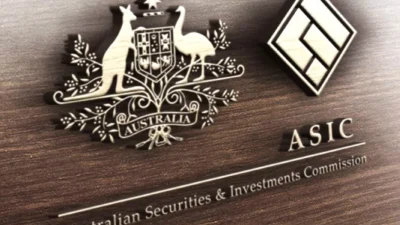SMSFs move to Australian shares
A survey of SMSFs administered by Multiport revealed a dramatic move to Australian equities away from cash.
The random selection of 1,000 of Multiport’s SMSFs and an analysis of the investments they held at September 30, 2009, revealed cash holdings have dropped by 3 per cent, while there has been a 5 per cent increase in Australian shares exposure since June 30, 2009.
“The biggest change that we have seen over the last 18 months is the increased level of cash holdings in SMSFs (12 per cent to 29 per cent),” said Multiport chief executive John McIlroy.
“This would now appear to be reversing with cash holdings declining from 29 per cent to 25 per cent in the September quarter.
“When you consider that the average SMSF still has cash of around $220,000 ready to invest, there is room for further substantial changes in market participation if greater stability is seen in share markets.”
The Multiport SMSF Investment Trends Survey showed that direct holdings in Australian shares increased in the third quarter from 27.7 per cent to 31.3 per cent, while over the last 18 months SMSFs have halved their exposure to international equities.
The top 10 most commonly held Australian shares were BHP Billiton, Commonwealth Bank, Westpac, ANZ, National Australia Bank, Woodside, Wesfarmers, Woolworths, Rio Tinto and Macquarie Group. McIlroy said on average these 10 stocks represent around 15 per cent of all SMSF assets, revealing a heavy reliance on the four banks and the big mines.
The survey also revealed that while 2008 saw a significant increase in allocation to direct property, this reduced slightly in 2009 from 12.2 per cent to 10.9 per cent in the third quarter. Holdings of direct fixed interest style investments have also reduced slightly, partly due to rising asset prices in other sectors.
“Even though we have seen a movement of cash into equities, SMSFs are still comparatively conservatively invested,” McIlroy said.
“The last quarter will have brought good returns to the average SMSF and if the market improvement is maintained in the near term, there should be happy trustees at the end of 2009 and early 2010.”
Recommended for you
Treasurer Jim Chalmers has handed down his third budget, outlining the government’s macroeconomic forecasts and changes to superannuation.
Online investment adviser and fund manager Stockspot has introduced Stockspot Super, Australia’s first 'ETF only' superannuation product. superannuation product.
ASIC has called on superannuation funds to improve their oversight of advice fee deductions following an investigation of 10 trustees that found $990 million was charged in one year.
With just 30 per cent of Australians knowing their superannuation balance to the nearest $1,000, Findex has emphasised the role of financial advice in addressing the critical super knowledge gap.














